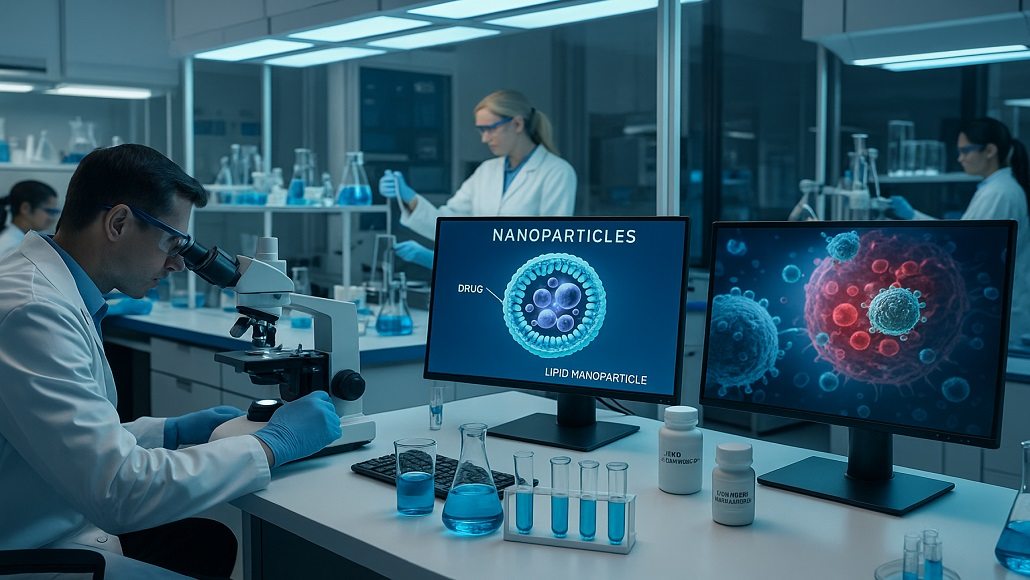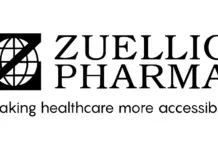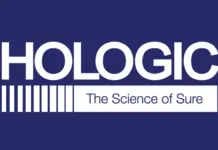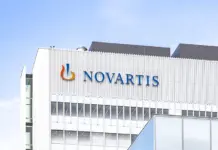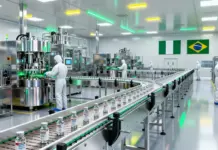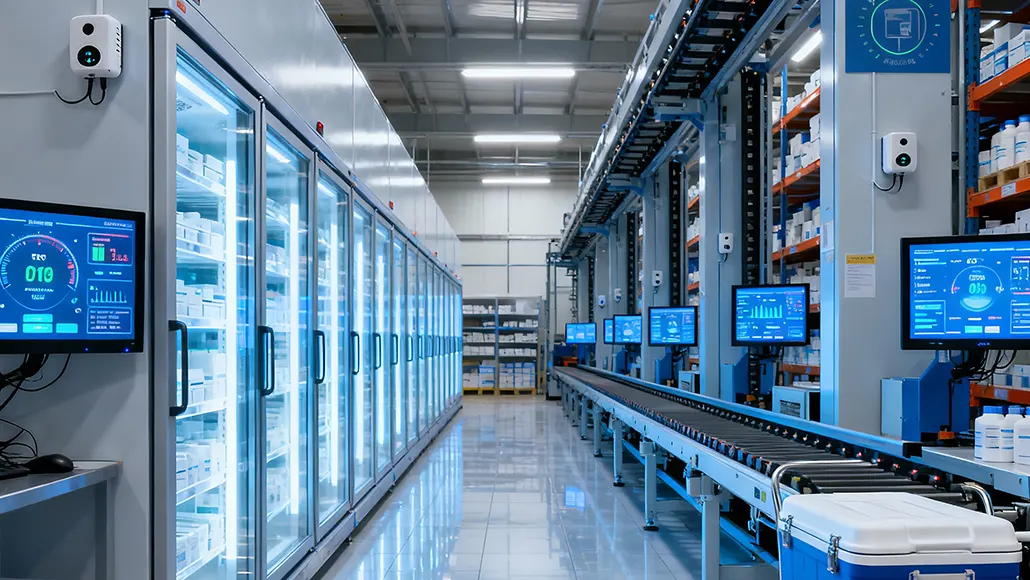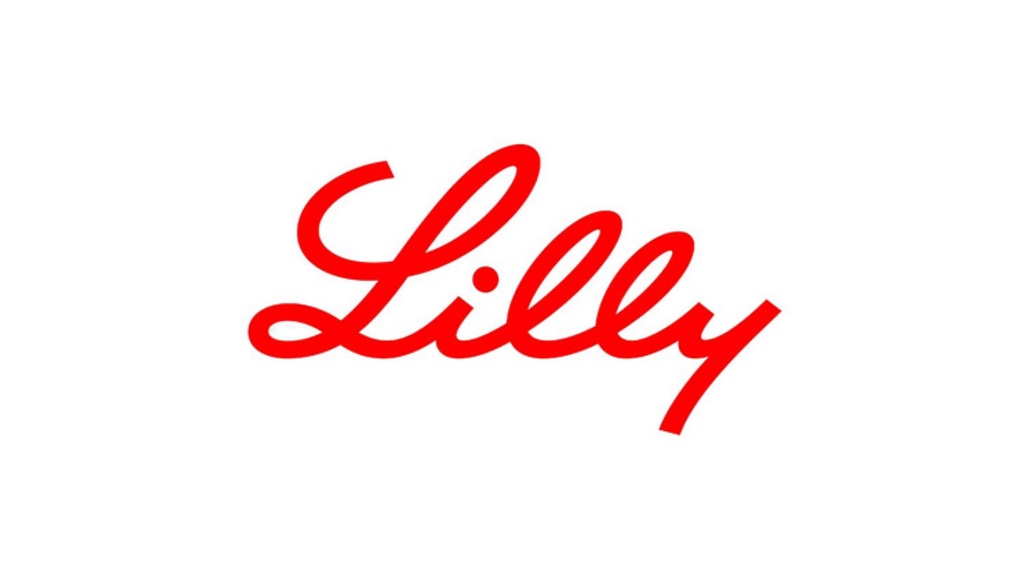There is no doubt in the fact that when we say that the pharmaceutical sector is on the brink of a transformative shift, which is propelled because of breakthroughs within nanotechnology, which promises to elevate drug delivery as well as efficacy. Among the most exciting developments that have taken place is an innovative nanoparticle-based technique that can as well advance the pharmaceutical formulation. This kind of approach harnesses the distinct properties of nanoparticles in order to elevate how the drugs are formulated, absorbed, and also delivered, thereby ultimately leading to more effective as well as safe treatment choices when it comes to patients.
Nanoparticles have entered as a gamechanger when it comes to drug delivery
Nanoparticles are defined as particles having dimensions between one and one hundred nanometers that showcase distinct physical as well as chemical properties, which differ quite prominently as compared to their bulk counterparts. This nanoscale transformation enables innovative applications within various fields, with pharmaceuticals being one of the most promising. As per a report by MarketsandMarkets, the global nanomedicine market is all set to reach almost $350 billion by 2025, and it’s going to be driven by the rising adoption of nanoparticle-based technologies within the drug delivery systems. This kind of unique trait of nanoparticles, like their large surface area to volume ratio, elevated permeability, and also the capacity to encapsulate therapeutic agents, happens to make them ideal when it comes to pharmaceutical formulations. They can enhance the drug solubility, safeguard any kind of active ingredients from degradation, and also enable a facilitated targeted delivery within specific tissues or cells. This kind of capacity is especially critical when it comes to the treatment of complex diseases like cancer, wherein precise targeting can reduce the side effects and also enhance any kind of therapeutic outcomes.
Advancement within the formulation techniques
Innovative nanoparticle-based techniques, which could advance pharmaceutical formulations, can get categorized within numerous key advancements in terms of formation strategies. One of the most prominent techniques involves the usage of polymeric nanoparticles, which happen to be designed to encapsulate drugs within a polymer matrix.
These systems can go on to enhance stability as well as solubility while at the same time also allow for controlled release with time.
There are recent studies that have taken place showing that polymeric nanoparticles can prominently raise the bioavailability of poorly soluble drugs. For example, research published within the journal Molecular Pharmaceutics has gone on to demonstrate that specific polymeric nanoparticle formation went on to enhance the solubility of the anticancer drug paclitaxel, thereby leading to elevated therapeutic efficacy within the preclinical models. By optimizing drug loading as well as release profiles, these nanoparticles can offer sustained therapeutic levels within the bloodstream, thereby decreasing the frequency of dosage as well as enhancing patient compliance.
Yet another exciting advancement is the development of lipid-based nanoparticles like solid lipid nanoparticles (SLNs) as well as nanostructured lipid carriers (NLCs). These kinds of lipid formulations can encapsulate both lipophilic and hydrophilic drugs by offering versatility within formulation approaches. For instance, SLNs have been very successfully used in order to deliver anti-inflammatory drugs as well as antioxidants by showing enhanced bioavailability as well as decreased side effects.
Precision medicine along with targeted drug delivery
One of the most important implications of the innovative nanoparticle-based technique, which could as well advance pharmaceutical formation, happens to be the potential for targeted drug delivery. By way of engineering nanoparticles in order to recognize specific biomarkers or receptors within cells, researchers can elevate the precision when it comes to drug delivery, thereby seeing the collateral damage when it comes to healthy tissues.
For example, when we talk of oncology, researchers are developing nanoparticles that target cancer cells based on their distinct surface markers. This kind of approach allows for selective delivery when it comes to chemotherapeutics while sparing the surrounding healthy tissues, thereby decreasing the adverse effects that are typically associated with conventional chemotherapy.
A study that has been published in Nature Reviews Drug Discovery shows the success when it comes to such targeted nanoparticle formulations when it comes to decreasing tumor size at the same time, improving the overall survival rates within the animal models.
Moreover, the integration when it comes to imaging agents along with therapeutic nanoparticles enables real-time monitoring of drug delivery as well as efficacy. This kind of synergy between diagnostics and therapeutics syncs with the principles of precision medicine, where every treatment is customized according to individual patient profiles, thereby maximizing the benefits of therapeutics and also minimizing any kind of harm.
Regulatory along with safety considerations
While the potential when it comes to innovative nanoparticle-based techniques that could advance pharmaceutical formulation is massive, it is essential to address certain regulatory as well as safety considerations that are associated with nanomedicine. Regulatory agencies such as the USFDA and EMA are working in order to develop guidelines as well as a framework for assessing the safety as well as efficacy when it comes to nanoparticle-based therapies.
It is well to be noted that the researchers must conduct thorough preclinical as well as clinical studies in order to evaluate the pharmacokinetics, biodistribution, and potential toxicity when it comes to nanoparticle formulations. Besides this, the long-term effects when it comes to nanoparticles on human health as well as the environment still remain an area that is under investigation. By addressing these kinds of regulatory challenges and making sure of rigorous safety evaluations, the pharmaceutical sector can build spectacular confidence in the usage of nanotechnology.
What is the future of nanoparticle-based pharmaceuticals?
Well, going forward, an innovative nanoparticle-based technique that could advance pharmaceutical formulations is all set to play a very vital role when it comes to revolutionizing the drug delivery system throughout a range of therapeutic areas. As the research progresses, the integration of nanotechnology within the emerging fields like gene therapy as well as immunotherapy goes on to hold tremendous promise. For example, nanoparticles can be made use of to deliver gene editing tools like CRISPR-Cas9 to certain cells, thereby elevating the accuracy as well as efficacy of gene therapy. The usage of nanoparticles within vaccine formulations has gone on to gain a lot of traction, especially in the development of COVID-19 vaccines, where lipid nanoparticles were rolled out in order to deliver mRNA in an efficient way.
The present partnership between academia, regulatory bodies, and industry is going to be very critical in terms of advancing the field of nanomedicine. By way of fostering a multidisciplinary approach, researchers can go ahead and innovate as well as translate laboratory findings into effective therapeutics, which can enhance patient outcomes.
Conclusion
Lastly, the innovative nanoparticle-based technique, which could advance pharmaceutical formulas, happens to represent a major shift in the way drugs are delivered as well as utilized within any kind of clinical practice. By way of leveraging the distinct properties of nanoparticles, the researchers can elevate drug solubility, customize treatments to individual patients, and also enhance targeted delivery. As the pharmaceutical sector goes on to embrace this technological advancement, the future when it comes to medicine looks really promising. With ongoing research as well as partnerships, nanoparticle-based formulations happen to have the potential to address some of the most critical and pressing barriers within healthcare by paving the way for a much safer, more effective, and sustained therapy, which can prominently have an effect on patient lives.





